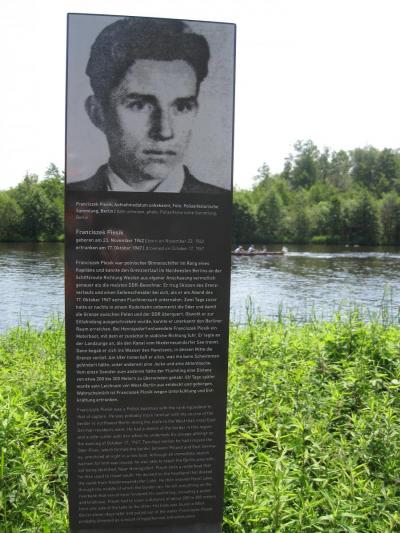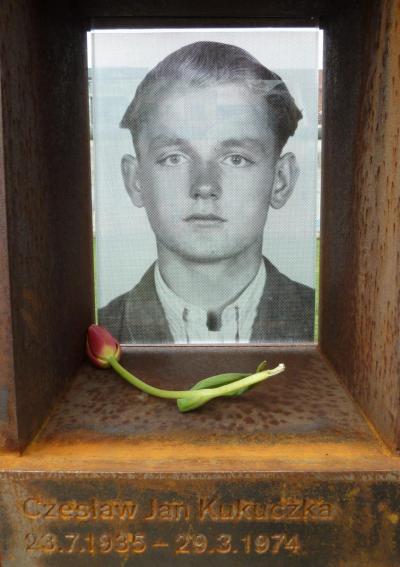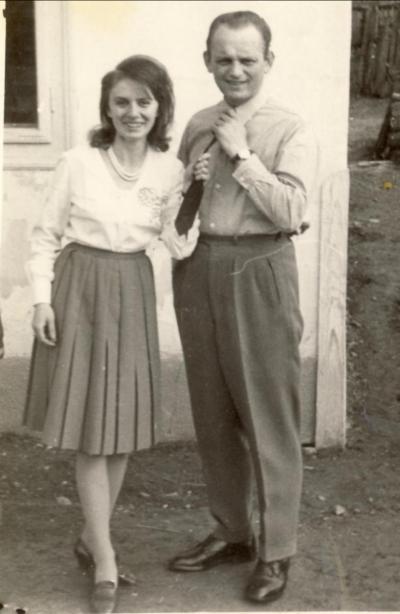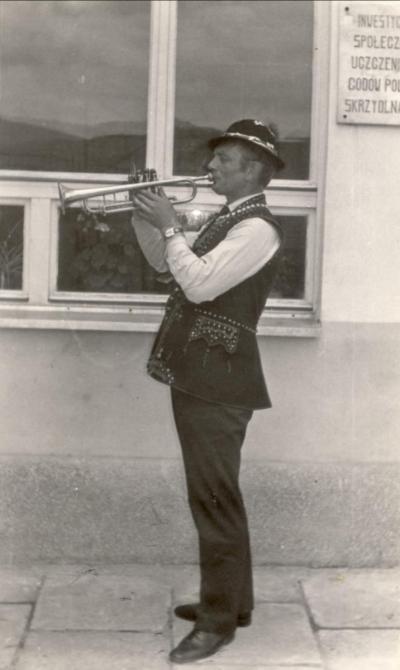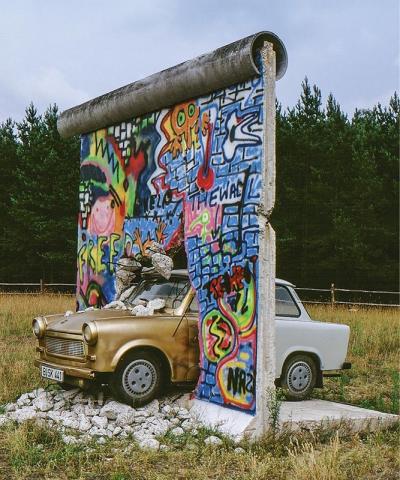Polish victims who died at the Berlin Wall: Franciszek Piesik and Czesław Kukuczka
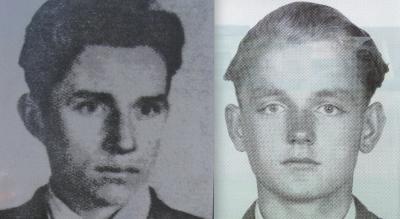
Colonel Karnowski managed to leave the room by telling Kukuczka that he had to prepare his travel documents to West Berlin. But in reality Karnowski then telephoned a high-ranking representative of the GDR Ministry of State Security (Stasi) to inform him of the incident. A decision was made to take Kukuczka out of the building and “neutralise” him. Three Stasi representatives then entered the Embassy, leaving it once more at 14.40 with Kukuczka and a substitute passport and exit visa from the GDR. From here they took a Stasi car to the border at Friedrichsstraße.
What happened then is still unclear. Stasi documents say that Czesław Kukuczka was severely wounded by a shot in the back – the reasons were never investigated – around 15.00 without arousing the attention of other travellers at the border. He was subsequently taken to the Stasi penal hospital in the Berlin suburb of Hohenschönhausen, where he died on the operating table at around 18.30. When the Stasi officers opened the bag which contained the so-called bomb they found nothing more than personal belongings.
The incident attracted the attention of the press. On 2nd April the popular newspaper “Bild” published an article about the “assassins” at the Friedrichsstraße exit border. Following this the Stasi released the fingerprints of the dead man and in a further report now mentioned a weapon, with which they alleged that Kukuczka had threatened the guards at the border. This information was not mentioned in earlier documents. Suddenly the Stasi even “found” a pistol containing the fingerprints of the Pole who had been shot. But everything, including the abduction report from the coroner, points to the fact that Kukuczka was not carrying a weapon when he died. The Stasi agreed with the Polish authorities to burn the body in order to cover up any traces of the murder.
The urn with the mortal remains of Czesław Kukuczka only arrived at the home of his wife and three children at the end of May 1974. The burial ceremony took place at the cemetery in Kamienica near Limanowa, where the fireman grew up. Around the same time in East Berlin the Stasi officer Hans Sabath, who had accompanied Kukuczka to the border on 29th March, was awarded a medal, “For Services to the People and Fatherland”. The reason for this award was that he had succeeded in “preventing a provocation and neutralising a terrorist“.
It took until 2015 for the children of Czesław Kukuczka to discover what really happened to him on the 29th March 1974 when the German press investigated the case once more. Kukuczka’s wife had died a few years earlier without even knowing the truth. To this day no one knows why Czesław Kukuczka decided to try to flee to the West and why he decided to choose this way of doing so. The family suspects that he was motivated by financial problems.
Monika Stefanek, June 2017
The victims of the Berlin Wall are commemorated in the multimedia website Chronik-der-Mauer.de, which was set up in 2004 by the Federal Centre for Political Education, Deutschlandradio and the Centre of Contemporary History Research in Potsdam. Information on those who died along with a corresponding list of names is continually being updated.
